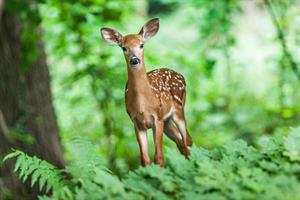PDF chapter test TRY NOW
Mountain Habitat
Mountain habitats are cold, windy. There is heavy rain present in these habitats.
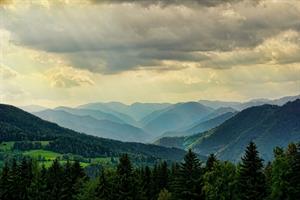
In mountain regions large varieties of plants and animals are present.
Some adaptations found in the mountain trees are:
- Trees are cone-shaped and have sloping branches.
- Leaves of some of the plants are in a needle-like structure that helps the rainwater and snow to slide easily.
- There are trees with shapes very different from others present in the mountains.
Some adaptations found in the mountain animals are:
- Animals have thick skin or fur to protect from cold. For example - Yaks have long hair to keep them warm.
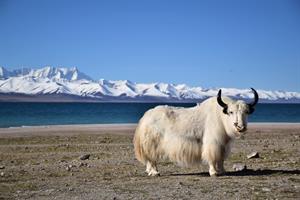
- Snow leopard has thick fur on its body including feet and toes (to protect from cold when it walks).
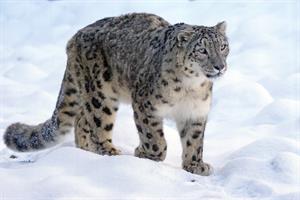
- Mountain goat has strong hooves (hard and rough feet) for running in the slopes.
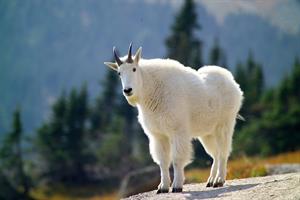
Grassland or Forest Habitat
Grassland habitat is characterized by a vast area of grasses, where as forest habitat is covered with a lot of trees and plants.
Some adaptations present in the grassland or the forest animals are:
- The skin colour of a lion is a light brown that helps to hide in the habitat when it hunts for the prey
- Long claws present in lion can be withdrawn inside the toes to catch the prey.
- The eyes in front of a lion's face allows it to have a precise location of its prey.
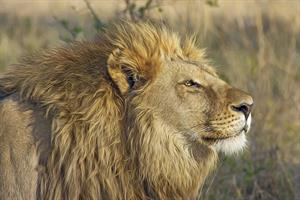
- Deer has strong teeth for chewing the hard plant of the forest.
- Deer has the ability to run faster to escape from the predator. Its long ears help it to hear movements of predators.
- Eye of deer is present on the side of its head - allows it to look in all the directions.
